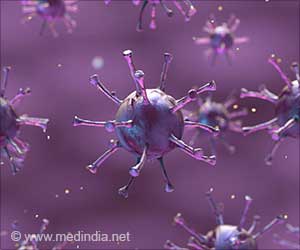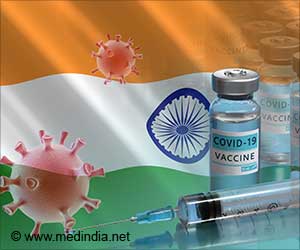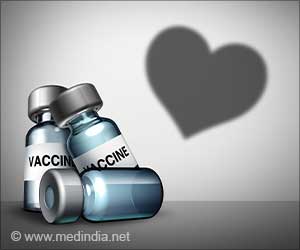While COVID-19, previously known as the novel coronavirus, was first reported in China, A Michigan Medicine radiologist teams up with a counterpart in China to examine the appearance of COVID-19 in CT scans.

And reports are now showing the importance of computed tomography (CT) in diagnosis and monitoring of the infection.
“As COVID-19 continues to evolve on a global scale, it is important for radiologists to be familiar with the imaging appearance of the virus in patients,” says Prachi Agarwal, MBBS, M.D., a professor of radiology at Michigan Medicine. “Radiologic work here is extremely crucial when it comes to making diagnoses for patients.”
This inspired Agarwal to team up with Weifang Kong, M.D., a radiologist at Sichuan Provincial People’s Hospital in Chengdu, China, to examine the appearance of COVID-19 in three separate case studies involving patients with the condition.
Their research was recently published in Radiology: Cardiothoracic Imaging.
“Our work focused on the imaging appearance of COVID-19,” says Agarwal. “The radiographic and CT appearance is not specific to the disease and can be seen with other infections, too.”
Advertisement
For example, individuals who have a defined travel history to areas where others are infected by COVID-19, or have been directly exposed to others with the virus, should be examined carefully.
Advertisement
Since ground glass opacities are common in COVID-19, Agarwal notes that chest CT scans are preferred over chest radiographs, which may have limited sensitivity in picking up early changes within the lungs.
“Chest CT scans can be helpful in suggesting the diagnosis for a patient and also, for monitoring patient responses,” says Agarwal. “It’s important to note that there is a spectrum of clinical manifestations and clinical course in COVID-19. And the clinical presentation of the virus can overlap with other respiratory illnesses.”
Some patients who tested positive for COVID-19 were either asymptomatic or had minimal symptoms. And while the reference standard for making the diagnosis is a real-time reverse transcription polymerase chain reaction (RT-PCR) test, false negative results can occur.
“It has been shown that an abnormal chest CT scan can predate a positive RT-PCR, highlighting the important role of CT in the management of these patients,” says Agarwal.
Source-Newswise












